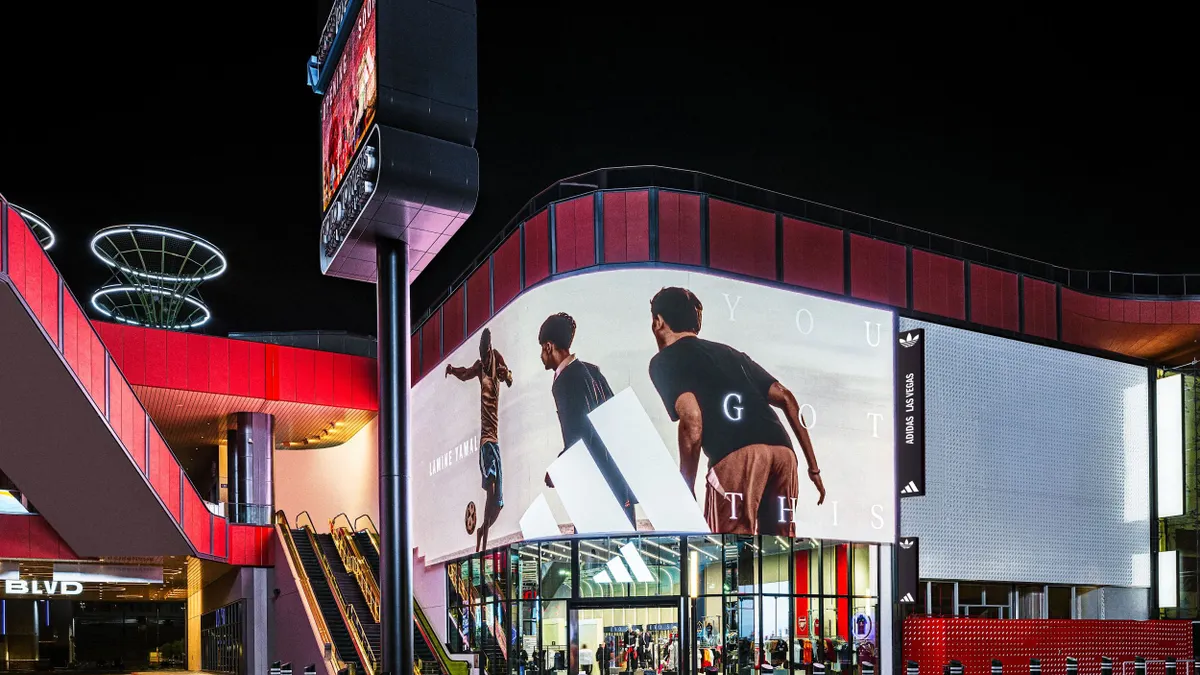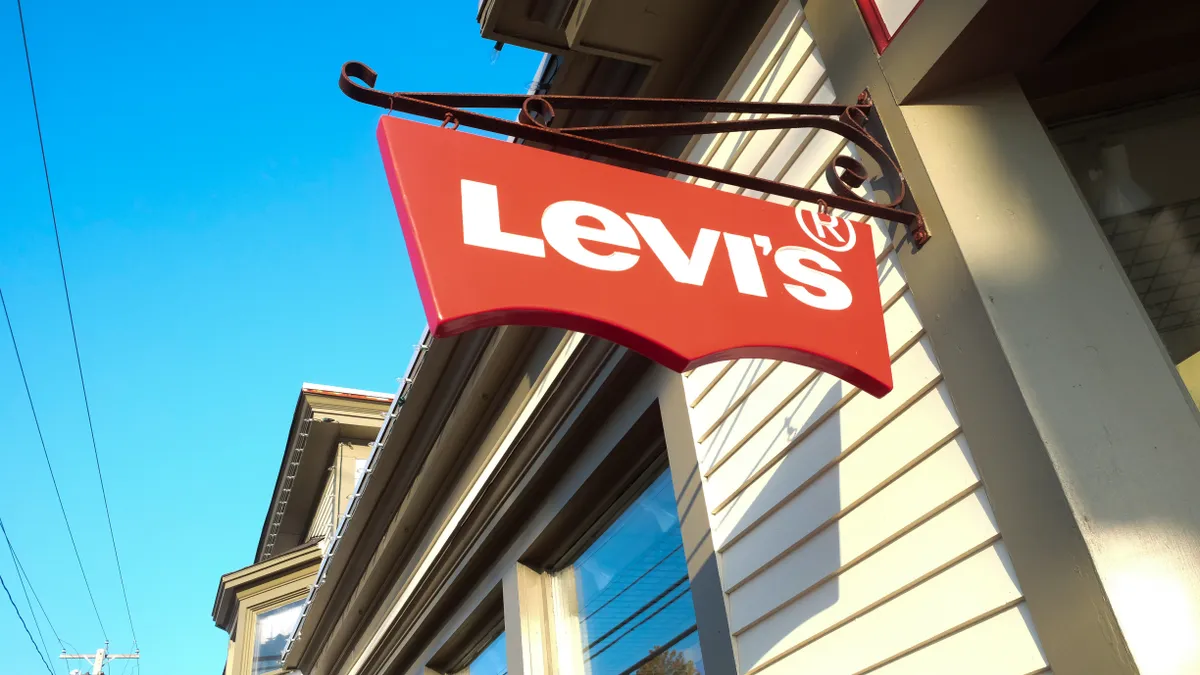It was May last year when Target Corp. unseated its CEO Gregg Steinhafel, a man who’d been with the company for 35 years.
Less than a year later, and just months after new CEO Brian Cornell took over in August, the retailer March 3 unveiled a series of initiatives that many found surprising.
“Following a thorough, strategic review of our business, coupled with a careful evaluation of the changing retail landscape, we have identified the key initiatives that will put Target on a clear path to growth,” said Cornell in a conference call with analysts.
“We’re focused on our future and building the capabilities that will take us further, faster. Redefining Target will require a renewed emphasis on prioritization and innovation, and above all else, putting our guests first in everything we do.”
Goodbye to all that
The biggest mound of trouble that Target is leaving behind is its ill-fated expansion into Canada. In January, less than two years after opening its first Canadian store, Target announced the surprise closure of all 133 Canadian stores, a move that will cost $5.4 billion in pre-tax losses.
The retailer is going further, with plans to cut "several thousands of jobs" (no solid figure yet), most at the company’s headquarters in Minneapolis and in corporate offices in India, as part of an effort to save a whopping $2 billion in operating costs.
The emphasis on saving money may be leading Target to hang back with any plans to boost its hourly wages, although Cornell has repeatedly been asked about that since Wal-Mart’s announcement of new wage policies earlier this month.
“Our goal is to make sure we have the very best team in retail and we're going to continue to invest in their development and continue to make sure from a marketplace standpoint we're very competitive with the wages we provide," Cornell said Feb. 25, (and similar things since).
In fact, it’s not just cutting, but restructuring the corporate colossus, which many observers had long criticized as fostering an overly insular corporate culture that was a drag on Target’s once inventive retail approach. In its call to investors, top Target executives made clear that they were aware that the retailer had lost much of its mojo.
"We have to be more nimble, more agile," Cornell said. "We have to create a more innovative culture.”
Hello, technology
It’s not like Target is just now discovering technology or digital paths to marketing; the retailer has made the most of social media sites for a while now. Take Pinterest, where Target found top “pinners” to design home goods products. Joy Cho, the design blogger who was first in Target’s Pinterest experiment, had about 90 times the Pinterest followers of Target, a winning strategy for sure.
But Target has clearly become even more of a believer in tech. CMO Jeffrey Jones in the March 3 conference said Target’s investment in search has increased 55%. As a result, he says, email driven sales are up 40% year-over-year, and social media is driving “meaningful traffic for “the largest and most engaged social audience in retail.” Jones said the retailer’s customers interact with the brand 35,000 times a day in social media (not counting complaints) or every 10 seconds.
And web and mobile sales are currently seeing double-digit growth, which Jones says are “outpacing the industry by 30%.”
Going big includes going small
The company also reiterated its commitment to bringing on more smaller, urban stores, perhaps in an effort to attract those migrating from suburbs to cities—or just staying put in urban centers for longer. Target first experimented with the smaller formats near its hometown, and earlier this year said it was ready to expand.
Target will open nine new Target Express and CityTarget stores, the first time the retailer is opening more of its smaller format stores than suburban big boxes. Chicago, Washington, DC, St. Paul, MN, San Francisco, and San Diego will see new TargetExpress stores and Boston and Brooklyn, NY will see new mid-size CityTarget stores. The retailer is also eyeing Philadelphia and Portland for smaller stores.
'Channel agnostic'
Perhaps the most promising thing to come out of the initiatives revealed March 3 was the retailer’s framing of its new approach as “channel agnostic.” Rather than simply aiming to boost e-commerce, Target has clearly come around to recognizing the cross over between brick-and-mortar and digital.
The retailer says that customers who shop Target in-store and online generate three times the sales than those just shopping in its stores.
Mobile is possibly the biggest technological swerve the company’s experiencing, with 98% of Target shoppers shopping online and a “vast majority of that shopping comes using a mobile device,” Target chief strategy officer Casey Carl said on the conference call. “Almost everything begins on mobile.”
Carl said that the retailer’s mobile conversion rates had risen 69% year-over-year in 2014 and that mobile traffic rose 44%, mostly consumer-driven.
“Almost everything begins on mobile,” he said. “98% of Target guests shop digitally and the vast majority of that shopping comes using a mobile device.”






















